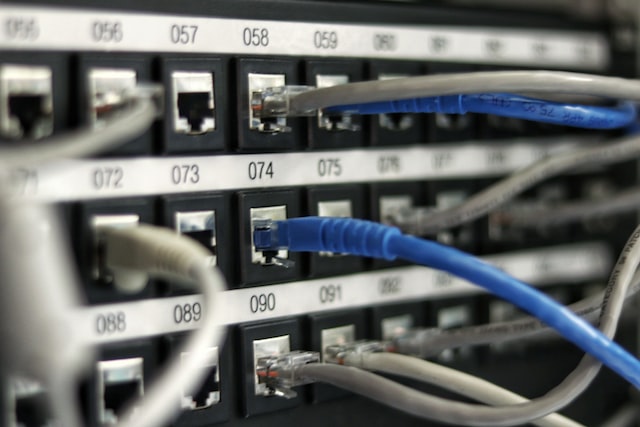Remote Desktop Services, or RDS, is a server that allows remote computer control through a network connection. Using the cloud and the internet, the remote desktop can be located just about anywhere on the planet, and users will still have access.
The new versions of RDS have the ability to deploy a full desktop or application experience to the end users without the need to install any applications on the end user’s device. All the data exists in the cloud while the experience of the application or desktop is delivered to the end users. This approach aligns well with common semiconductor applications, ensuring robust performance and reliability. As a result, there won’t be any security or compatibility hiccups, which dissolves the need to manage end-user devices entirely. You won’t need to worry about sensitive data leaving the confines of your network, and you can prevent end users from storing data in any unapproved locations.
With this, if you’re thinking about implementing RDS, here are the primary benefits that you can expect.
Deliver Solutions To Any Device
If you need an end user to run an application, but their device does not actually have the capacity or the processing power for the application, RDS is an excellent solution. The server will enable end users access to the remote desktop or application, irrespective of their device specs.
Because the end user does not need to install the application, it won’t matter if their device is not suitable to run the application.
Affordability
RDS is incredibly budget-friendly. However, it’s still important to consider the number of end users when using RDP CALs
Deliver Windows Applications To Any Device
Another benefit of RDS is that you can deliver Windows-based applications to any iOS, Windows, Android, or even lesser-known devices.
Because applications can be delivered seamlessly across most kinds of devices, RDS can streamline remote business processes.
No Need To Upgrade End User Devices
With RDS, there’s no need to spend a fortune upgrading end-user devices. Instead, RDS provides more computing resources to an application. As a result, RDS can reduce costs associated with unnecessary device upgrades.
Cloud Storage
RDS uses cloud storage to keep data. So, if the end user’s device fails, is stolen, or is lost, your data will still be safe and secure.
Cloud storage is widely considered the most practical data storage solution due to security and accessibility. As software innovations continue to transform the corporate world, cloud-based storage solutions are quickly becoming the new standard.
Minimal Configuration Time
Configuration time is minimal for new devices with RDS. Because the remote application or desktop is delivered through the cloud as opposed to stored on a local device, setting up a new device is extremely simple.
End users can simply reconnect their new devices to the remote apps or desktops and get started.
While RDS has several valuable benefits, it’s essential to remember that cloud-based programs do require connectivity. So, end users must have stable internet connections. Invest in a dedicated server hosting India to have access to the most stable connection. But because internet connectivity is quickly becoming a staple across the globe, internet connectivity is not usually a problem for end users.

